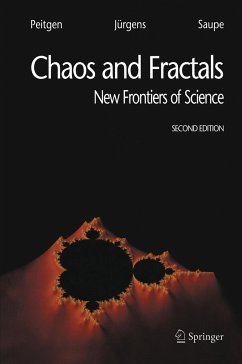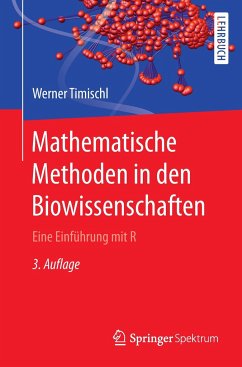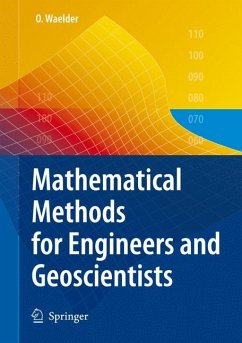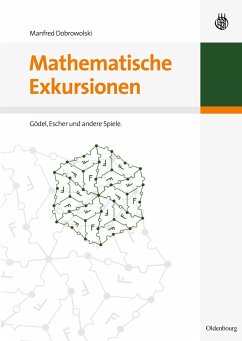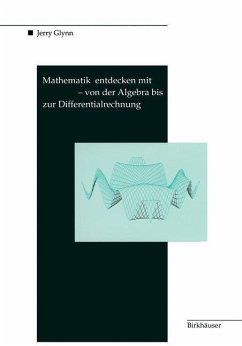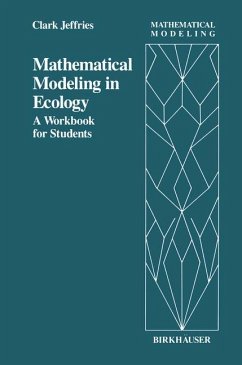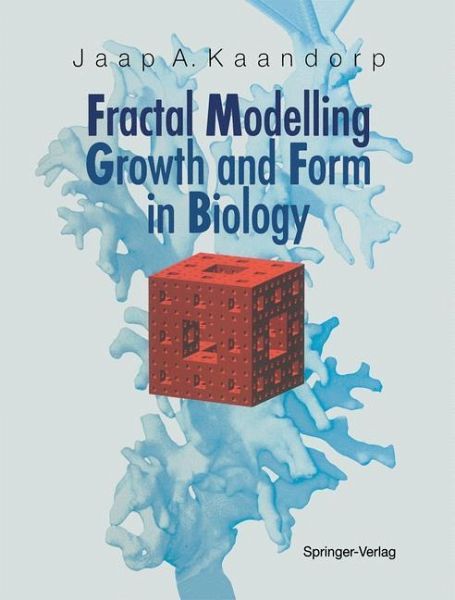
Fractal Modelling
Growth and Form in Biology

PAYBACK Punkte
39 °P sammeln!
Neue interdisziplinäre Entwicklungen wie fraktale Geometrie, Bilderzeugung und 3D-Modellierung machen Furore in Informatik, Mathematik, Biologie und Physik. Sie ermöglichen beispielsweise die experimentelle Simulation von Wachstum und Formen biologischer Organismen an virtuellen Objekten. Die beschriebenen und mit vielen eindrucksvollen Farbbildern demonstrierten Modelle, z.B. von Korallen und Meeresschwämmen, geben auch Einblick in die Wirkung von Umweltveränderungen.





